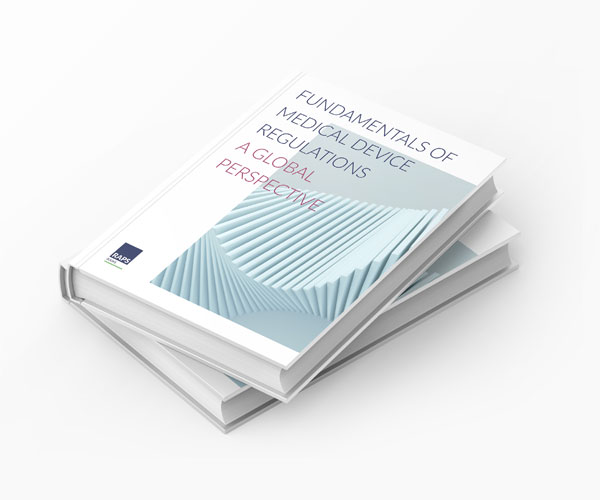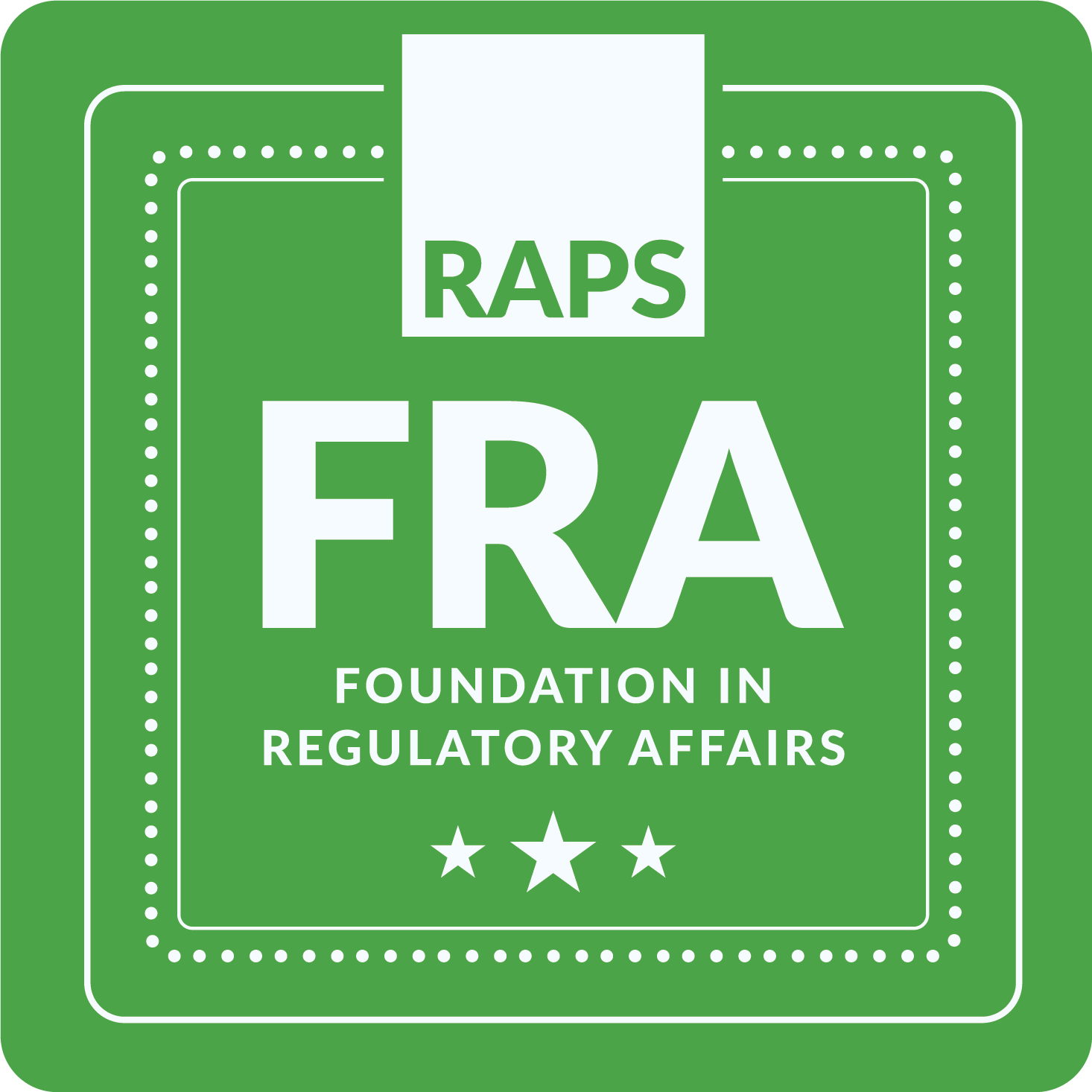Interview: EMA’s Peter Arlett provides update on DARWIN EU
![]() Regulatory News | 19 March 2024 |
Regulatory News | 19 March 2024 |
EMA's Peter Arlett at DIA Europe (Source: Joanne S. Eglovitch)
BRUSSELS – Two years after its establishment, the Data Analysis and Real-World Interrogation Network (DARWIN EU) database has grown considerably in producing real-world evidence (RWE) to support regulatory decision-making.
This year, DARWIN’s data partners generated real-world data (RWD) from 130 million patients in the EU. Peter Arlett, head of the European Medicine Agency (EMA) data analytics and methods task force, sat down with Focus in an interview at the DIA Europe meeting. He spoke about how the use and adoption of RWE has evolved since its establishment in 2022, its uptake by the pharmaceutical industry, and its onboarding of a new data partner that will generate data from health insurance claims. The interview has been edited for length and clarity.
Focus: How would you characterize the uptake of DARWIN since its establishment?
Arlett: We can measure DARWIN and its uptake in different ways. If we measure in terms of data partners, we now have 20 data partners collaborating with DARWIN EU and we have 130 million active patients. The EU population is a little under 500 million so to be at 130 million is a significant proportion of the European population.
Another marker of success is the number of studies and clearly that is the ultimate purpose of DARWIN to generate clinical evidence. We conducted 16 studies last year and this year we are planning to do about 70 observational studies through the network. In terms of volumes of studies, this is unprecedented. Nobody in the world has done studies at that level. Just to give you an idea of the trajectory, in 2025 we foresee up to 150 studies and that will be per year.
Focus: It sounds like the growing volume of data will allow more research questions to be addressed.
Arlett: I think the system builds over time. DARWIN EU writes protocols based on the questions coming from the regulators or from other stakeholders. Some research questions have come from the [Healthcare Technology Assessment (HTA) bodies] and we’ve had other questions come from the European Center for Disease Prevention and Control. When we get a question, we look to see if it has already has a protocol. So over time we are building up more and more protocols for different use cases. It may be looking at how medicines are used or how a disease progresses or it may be looking at a potential outcome associated between a drug and an adverse outcome. It can be looking for an association between a drug and a benefit, over time we build up this library and what this means is that the next time a similar question comes in we can go in and answer the question.
Focus: What is the reaction to DARWIN in the pharmaceutical industry?
Arlett: Industry is very, very excited about DARWIN and they want more involvement. A lot of the work on the conversion of data sets into a common data model has come from public and private partnerships.
Focus: What are some of the challenges in using RWE? Are you seeing hesitancy from regulators?
Arlett: This is a critical question. It depends. The use of RWE depends on the use case. So why do I say that? If you look at drug safety, RWE has been used for 30 years in the assessment of pharmaceuticals. In the area of drug safety there is no reluctance. The fact that we might use observational studies to look at the association of a drug and an outcome for drug safety has been very well established. It is also very well established in studying diseases. If you want to understand what happens to a patient after they have a heart attack, you can’t do that in a clinical trial. You must do that using observational studies and in health records. Real-world evidence is very well established for observational and disease epidemiology and drug studies.
The area where it is most controversial is using it to evaluate drug effectiveness. There has been a lot of focus on that particularly in the US because of the 21st Century Cures Act which explicitly told the FDA to explore that. We don’t have similar legislation in the EU. Interestingly, the new [EU General Pharmaceutical Legislation] has articles that foresee a much stronger legal basis for using real-world evidence, so it will be interesting to see how that evolves in the lawmaking process, we welcome that.
Regarding acceptance, there are certain effectiveness questions that can be addressed using real-world evidence, whereas many efficacy questions are probably best addressed through a randomized control trial. It is important to mention that the randomized control trial remains the bedrock methodology for generating evidence on whether a medicine works.
Focus: Has there been any research on what percentage of market authorisation applications use RWE?
Arlett: An EMA study looked at applications, and the figure came out to be about 39% of applications over a three-year period contain some elements of real-world evidence, so that is quite high. How impactful the use of real-world evidence in the decision making is a different question.
Arlett: Talk to the regulators when you are in the design phases of your clinical development and EMA for scientific advice. It is published in the peer reviewed journals that companies that follow scientific advice from EMA have a higher success rate. That will be the number one bit of advice. Also, keep it simple. That would be my advice. Also, consult on your development program.
Focus: Is there is anything like DARWIN in the US?
Arlett: Some people often make a comparison to FDA’s Sentinel Initiative. Sentinel is both similar and different. When we were developing DARWIN, we spoke to FDA and [the Center for Drug Evaluation and Research] to get their perspective on their experience. Sentinel focuses only on drug safety, whereas DARWIN focuses on the lifecycle of medicines.
The initial work on Sentinel mainly focused on insurance claims data, which was most of the data. Most of the data in DARWIN comes from electronic health records, either from primary care or secondary care, so the health information is more granular.
Going forward, DARWIN may well embrace insurance datasets as well, and in fact, we have just onboarded a new set of data partners, such as a health data hub in France that holds the entire French population’s health insurance data. So that is 50 or 60 million French citizens have just been onboarded into DARWIN, so that is moving from electronic health records to insurance data. The power that comes from that to answer questions is limitless.
Focus: What else should readers know about DARWIN?
Arlett: I think the first two years it has been set up it has gone up extremely well. We are very pleased with the coordination center, and we are very pleased with the onboarding of data partners and the quality of the data that has been coming out has been extremely promising. We are on a learning curve, but with each study that has been done, DARWIN gets better and stronger, and with each data partner we onboard, that increases the path to answer more questions.
DIA Europe
This year, DARWIN’s data partners generated real-world data (RWD) from 130 million patients in the EU. Peter Arlett, head of the European Medicine Agency (EMA) data analytics and methods task force, sat down with Focus in an interview at the DIA Europe meeting. He spoke about how the use and adoption of RWE has evolved since its establishment in 2022, its uptake by the pharmaceutical industry, and its onboarding of a new data partner that will generate data from health insurance claims. The interview has been edited for length and clarity.
Focus: How would you characterize the uptake of DARWIN since its establishment?
Arlett: We can measure DARWIN and its uptake in different ways. If we measure in terms of data partners, we now have 20 data partners collaborating with DARWIN EU and we have 130 million active patients. The EU population is a little under 500 million so to be at 130 million is a significant proportion of the European population.
Another marker of success is the number of studies and clearly that is the ultimate purpose of DARWIN to generate clinical evidence. We conducted 16 studies last year and this year we are planning to do about 70 observational studies through the network. In terms of volumes of studies, this is unprecedented. Nobody in the world has done studies at that level. Just to give you an idea of the trajectory, in 2025 we foresee up to 150 studies and that will be per year.
Focus: It sounds like the growing volume of data will allow more research questions to be addressed.
Arlett: I think the system builds over time. DARWIN EU writes protocols based on the questions coming from the regulators or from other stakeholders. Some research questions have come from the [Healthcare Technology Assessment (HTA) bodies] and we’ve had other questions come from the European Center for Disease Prevention and Control. When we get a question, we look to see if it has already has a protocol. So over time we are building up more and more protocols for different use cases. It may be looking at how medicines are used or how a disease progresses or it may be looking at a potential outcome associated between a drug and an adverse outcome. It can be looking for an association between a drug and a benefit, over time we build up this library and what this means is that the next time a similar question comes in we can go in and answer the question.
Focus: What is the reaction to DARWIN in the pharmaceutical industry?
Arlett: Industry is very, very excited about DARWIN and they want more involvement. A lot of the work on the conversion of data sets into a common data model has come from public and private partnerships.
Focus: What are some of the challenges in using RWE? Are you seeing hesitancy from regulators?
Arlett: This is a critical question. It depends. The use of RWE depends on the use case. So why do I say that? If you look at drug safety, RWE has been used for 30 years in the assessment of pharmaceuticals. In the area of drug safety there is no reluctance. The fact that we might use observational studies to look at the association of a drug and an outcome for drug safety has been very well established. It is also very well established in studying diseases. If you want to understand what happens to a patient after they have a heart attack, you can’t do that in a clinical trial. You must do that using observational studies and in health records. Real-world evidence is very well established for observational and disease epidemiology and drug studies.
The area where it is most controversial is using it to evaluate drug effectiveness. There has been a lot of focus on that particularly in the US because of the 21st Century Cures Act which explicitly told the FDA to explore that. We don’t have similar legislation in the EU. Interestingly, the new [EU General Pharmaceutical Legislation] has articles that foresee a much stronger legal basis for using real-world evidence, so it will be interesting to see how that evolves in the lawmaking process, we welcome that.
Regarding acceptance, there are certain effectiveness questions that can be addressed using real-world evidence, whereas many efficacy questions are probably best addressed through a randomized control trial. It is important to mention that the randomized control trial remains the bedrock methodology for generating evidence on whether a medicine works.
Focus: Has there been any research on what percentage of market authorisation applications use RWE?
Arlett: An EMA study looked at applications, and the figure came out to be about 39% of applications over a three-year period contain some elements of real-world evidence, so that is quite high. How impactful the use of real-world evidence in the decision making is a different question.
Focus: Any advice on how sponsors can make better use of real-world evidence?
Arlett: Talk to the regulators when you are in the design phases of your clinical development and EMA for scientific advice. It is published in the peer reviewed journals that companies that follow scientific advice from EMA have a higher success rate. That will be the number one bit of advice. Also, keep it simple. That would be my advice. Also, consult on your development program.
Focus: Is there is anything like DARWIN in the US?
Arlett: Some people often make a comparison to FDA’s Sentinel Initiative. Sentinel is both similar and different. When we were developing DARWIN, we spoke to FDA and [the Center for Drug Evaluation and Research] to get their perspective on their experience. Sentinel focuses only on drug safety, whereas DARWIN focuses on the lifecycle of medicines.
The initial work on Sentinel mainly focused on insurance claims data, which was most of the data. Most of the data in DARWIN comes from electronic health records, either from primary care or secondary care, so the health information is more granular.
Going forward, DARWIN may well embrace insurance datasets as well, and in fact, we have just onboarded a new set of data partners, such as a health data hub in France that holds the entire French population’s health insurance data. So that is 50 or 60 million French citizens have just been onboarded into DARWIN, so that is moving from electronic health records to insurance data. The power that comes from that to answer questions is limitless.
Focus: What else should readers know about DARWIN?
Arlett: I think the first two years it has been set up it has gone up extremely well. We are very pleased with the coordination center, and we are very pleased with the onboarding of data partners and the quality of the data that has been coming out has been extremely promising. We are on a learning curve, but with each study that has been done, DARWIN gets better and stronger, and with each data partner we onboard, that increases the path to answer more questions.
DIA Europe
© 2025 Regulatory Affairs Professionals Society.









![Global Regulatory Strategy for Pharmaceuticals [4.0 RAC]](https://my.raps.org:443/images/eb1b245c-3496-4a6d-ba4b-5b44d1addc3b.img?resize=yes)


